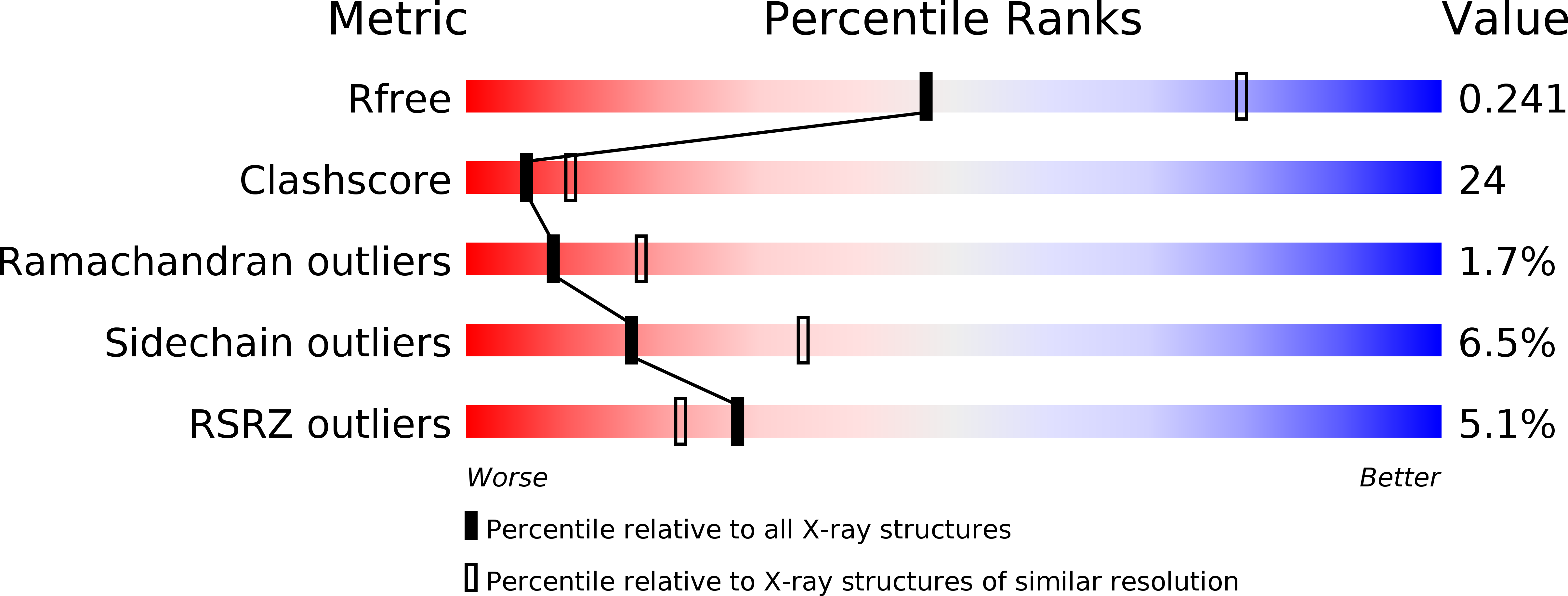
Deposition Date
2001-08-31
Release Date
2003-06-03
Last Version Date
2024-11-13
Entry Detail
PDB ID:
1JVQ
Keywords:
Title:
Crystal structure at 2.6A of the ternary complex between antithrombin, a P14-P8 reactive loop peptide, and an exogenous tetrapeptide
Biological Source:
Source Organism:
Homo sapiens (Taxon ID: 9606)
Method Details:
Experimental Method:
Resolution:
2.60 Å
R-Value Free:
0.25
R-Value Work:
0.20
Space Group:
P 1 21 1


